Sunny Clery
- Description of advantages and disadvantages.
- Features of growing the variety.
- What conclusions can be drawn?
- What will gardeners say?
Clery strawberries come from Italy. The first copies were obtained in 1996, and in 1998 the variety was patented. Currently, Clery is very popular in Europe, where it is grown both in open ground and in greenhouses.In Russia, this variety is much less common; it is not zoned and is grown only by amateurs.
Description of the Clery variety
Early ripening strawberries, non-repairable. Flowering begins in the southern regions on the 20th of April, in the middle zone - from May 10. Fruiting in the south is late May-early June, in the northern regions - from mid-June to the end of the month.
The bushes are powerful, semi-spreading, spherical, with a medium cap of foliage. Clery's leaves are large, dark green, shiny. The growth is strong; from one bush you can get about 30 young rosettes. The berries are large, well-aligned, regular cone-shaped, bright red in color with shine. The first berries weigh 42-47 g, mass harvest - 25-30 g. The pulp is dense, juicy, with aroma. The taste is highly dependent on growing conditions and weather, ranging from sickly sweet to sour, but generally sweet with a barely noticeable sourness.
Clery strawberry yield: Productivity of the variety is 1.5-1.8 kg/m2 (250-300 g per bush). Clery reaches its maximum yield in the 3rd year. Then the berries become smaller and the variety needs to be updated.
Advantages.
- This variety has an excellent presentation of berries. The fruits are smooth, without flaws, and of the same size.
- High percentage of marketable berries in the harvest.
- Strawberries are suitable for transportation.
- Suitable for freezing and canning.
- Dessert taste of berries with proper care.
Disadvantages of the variety.
- In the first year, fruiting is insignificant; 2-3 peduncles are formed on one bush and about 10 berries ripen. Full fruiting begins in the 2nd year.
- Like all early varieties, Clery is not very productive.
- Variety in bulk affected by diseases if they appear on a strawberry plantation.
- Low frost resistance.In regions with harsh winters, strawberries freeze.
Photo of Clery strawberry
When prepared, strawberries retain their shape and taste.
Features of growing Clery strawberries
The Clery variety is planted according to a 40x60 cm pattern. Since full fruiting occurs only in the second year of cultivation, the compacted planting strawberries makes no sense in the first year. This will not increase the yield, and bushes transplanted from thickened plantings will not produce a good harvest next year.
The best planting time is mid-August. In this variety, flower buds are formed during decreasing days and decreasing temperatures. When planting seedlings in the spring, very few flower buds are formed, and next year the harvest will be extremely low. If you plant Clery in September, it will not have time to get stronger before the cold weather and may freeze in winter. If the bushes overwinter, the yield will be very small.
Clery is planted only in sunny places, since in the shade the taste of the berries deteriorates and they become smaller.
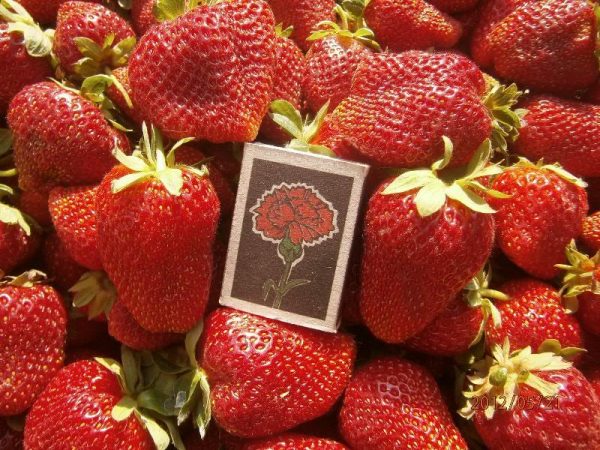
Strawberries of this variety tolerate drought well, but in dry weather they are watered 3 times a week.If the weather is dry but cloudy during the fruiting period, then in order to slightly improve the taste of the berries, watering is stopped 4-5 days before harvest. Then the sugar content in the fruit increases slightly. But, nevertheless, in such conditions it will not be possible to obtain a completely sweet berry. To fully develop the taste of Clery, the sun is needed. In rainy weather, the soil must be loosened.
This variety of strawberry is very undemanding to soil; it can grow even on sandy loam soils, but its taste suffers significantly here. Strawberries become tasteless; they have neither sugars nor acids. In highly carbonate soils, leaves turn light green and chlorosis may occur.
This happens because due to the highly alkaline reaction of the soil, the roots cannot absorb nutrients.
Feeding is carried out 2 times per season. In July, organic matter is added (chicken manure, rotted manure, grass fertilizer, humates). In the spring, immediately after the snow melts, add ash or a complete complex fertilizer with microelements. On alkaline soils, organomineral microfertilizers are applied for better absorption of elements. They differ from ordinary ones in that microelements are enclosed in an organic shell (chelate form), so that plants do not have problems with their absorption.
In the southern regions, strawberries overwinter without shelter. In the middle zone, bushes are covered for the winter with insulating materials (straw, sawdust, pine needles) or lightly sprinkled with earth, otherwise there may be significant attacks in the spring.
Strawberries are quite resistant to diseases, but if diseased specimens appear on the plantation, even of a different variety, then Clery is massively affected by the disease.Therefore, if signs of disease appear on the plot, even if only isolated ones, it is better to immediately remove the diseased bushes than to lose the entire variety at once.
Reproduces by means of whiskers from bushes of the second year of cultivation.
conclusions
Clery strawberries can produce high quality berries in the southern regions of the country, where summers are sunny and hot and the number of cloudy days is minimal. In these areas, the variety can be grown for both personal consumption and commercial purposes.
In more northern regions, where there is less sun and heat, it is grown in garden beds by amateur gardeners. To be sold under these conditions, the variety must be kept under film or in a greenhouse (unless the entrepreneur values his reputation and does not sell beautiful-looking but sour berries).
Reviews from gardeners about Clery strawberries
All reviews are taken from forums where gardeners talk about different varieties of strawberries.
Review of the Clery variety from the Stavropol Territory
“This year I tried the taste of my Clery for the first time and after that I had a great desire to get rid of this variety! I stopped my daughter, she got a ripe berry, but there are sweeter berries, I like the look of it the most, it’s a very beautiful berry, good for sale!”
Review of Clery strawberries from Odessa
“For me, Clery is the best variety, not only is it early, but the taste is amazing!!
And the smell?!!! The whole house smells!!”
Reviews about Clery
The variety is really worthy! The berries have an attractive appearance, good taste and produce just a huge amount of mustache. This year I planted them for myself and sold the surplus at the market. One of the passers-by remarked: “Clery is SUPER, I breed her too!”
The Clery variety is often noted to have low yields.But if you carefully read the description of the variety, I came to the conclusion that the positive economic component when growing Clery should not be based on the amount of harvest, but when growing strawberries in tunnels and greenhouses. The variety does not need bees. You can carry out such an experiment after the New Year, dig up Clery bushes from the plot, plant them in a pot or sleeve with soil and install them in a heated room, and at the end of February and beginning of March you will get a Strawberry harvest. Labor costs for harvesting are less, and due to the early sale of first-class berries, the sales amount is higher. Ultimately, the profitability of growing this variety is greater.
Looking for strawberries for your garden? Then this is for you:
- Repair strawberry. Only proven varieties
- The best varieties of strawberries with photographs and descriptions. New, promising and productive.
- Strawberry Elizaveta and Elizaveta 2 description and reviews. How do these varieties differ and which one should you choose?
- Strawberry Gigantella Maxim. Consider whether it is worth planting.
- Strawberries Festival, reviews and care recommendations. Indestructible Festival, why it is still loved by gardeners.
- Asia description of the variety. Capricious Asia, how to grow it.
- Lord description of the variety. An unpretentious and productive Lord.
- Strawberry Honey. An undemanding and productive variety, but more suitable for processing.
- Vima Kimberly: description and agricultural technology. A universal strawberry, loved by gardeners in all regions.
- Alba strawberries: description, reviews and agricultural technology. A very good variety for sale in the market.
- Varieties are weeds in strawberry plantations. Where do they come from?

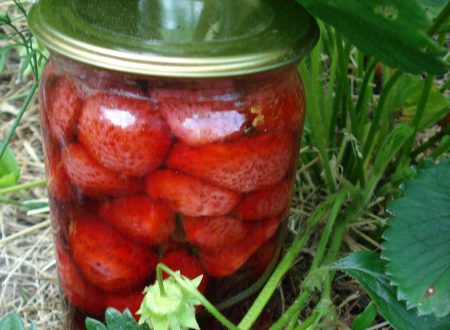
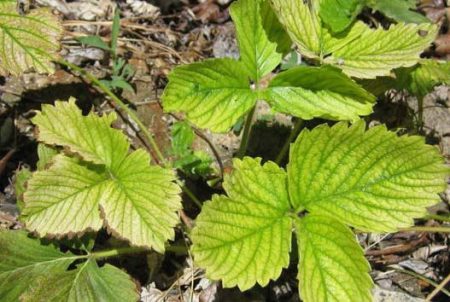
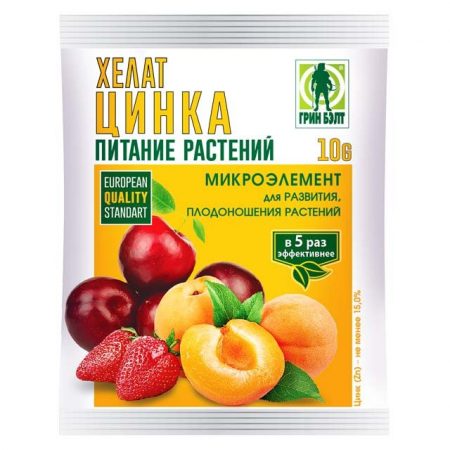
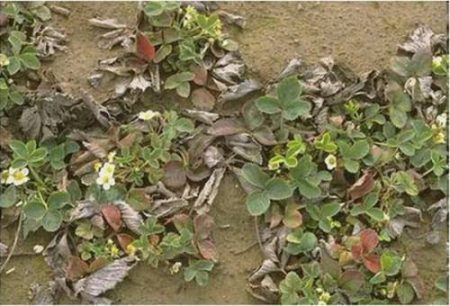

 CUCUMBERS NEVER GET SICK, I'VE BEEN USING ONLY THIS FOR 40 YEARS! I SHARE A SECRET WITH YOU, CUCUMBERS ARE LIKE THE PICTURE!
CUCUMBERS NEVER GET SICK, I'VE BEEN USING ONLY THIS FOR 40 YEARS! I SHARE A SECRET WITH YOU, CUCUMBERS ARE LIKE THE PICTURE! You can dig a bucket of potatoes from each bush. Do you think these are fairy tales? Watch the video
You can dig a bucket of potatoes from each bush. Do you think these are fairy tales? Watch the video
 How our fellow gardeners work in Korea. There is a lot to learn and just fun to watch.
How our fellow gardeners work in Korea. There is a lot to learn and just fun to watch. Eye trainer. The author claims that with daily viewing, vision is restored. They don't charge money for views.
Eye trainer. The author claims that with daily viewing, vision is restored. They don't charge money for views. A 3-ingredient cake recipe in 30 minutes is better than Napoleon. Simple and very tasty.
A 3-ingredient cake recipe in 30 minutes is better than Napoleon. Simple and very tasty. Therapeutic exercises for cervical osteochondrosis. A complete set of exercises.
Therapeutic exercises for cervical osteochondrosis. A complete set of exercises. Which indoor plants match your zodiac sign?
Which indoor plants match your zodiac sign? What about them? Excursion to German dachas.
What about them? Excursion to German dachas.